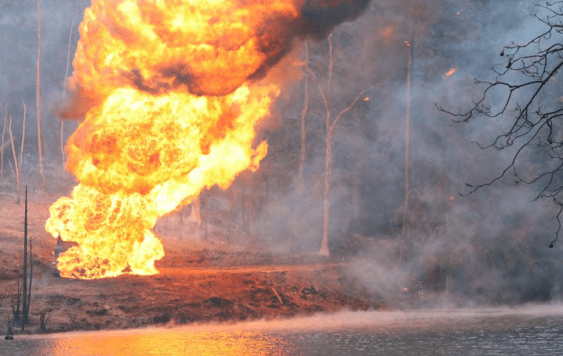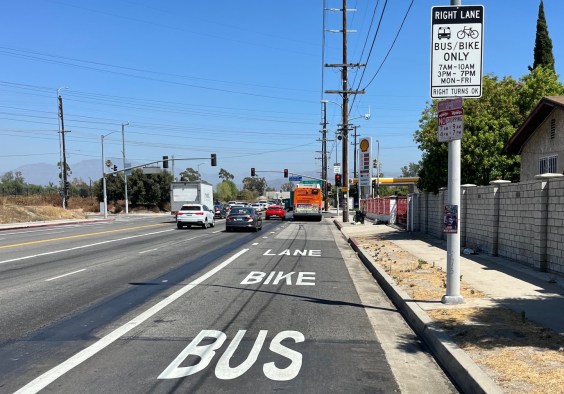Yesterday's evening commute turned into a nightmare for passengers on the Altamont Corridor Express (ACE) train, when--according to the latest reports--a mudslide sent a tree onto the tracks and caused a major derailment.
The incident happened at 7:15 p.m., when train number 10 derailed in Niles Canyon, about a mile west of Sunol. According to an ACE release, there were 196 passengers. Four were seriously injured. According to reports, this is only ACE's second incident in nearly 20 years of operations. Most passengers on the train were unharmed. Reportedly, passengers in the cars at the rear didn't even realize the front of the train had derailed. Only "two of the five cars derailed," explained Brian Schmidt, a spokesman for ACE.
Meanwhile, "Union Pacific is in the process of getting cars back on the tracks so they can move them out of the area, do inspections, and repair any damage," said Schmidt. He said they would have a better idea of how long it will take to make repairs later today and restoring service by the end of the week was a possibility. "We're hoping. We don't know for sure. We're waiting to find out the condition of the track," he said.
Schmidt confirmed that air brakes, basic safety technology developed 150 years ago, almost certainly contributed to saving lives in this crash. Train brakes are connected to an air system by rubber hoses. If the hoses separate, as in a derailment, the air pressure drops and brakes along the entire length of the train are automatically applied. It's a safe bet that's what kept the last three cars from running off the tracks.
While train wrecks make for dramatic headlines, any Streetsblog reader should already know that cars are the big killer when it comes to transportation. That got underscored even as a reporter was covering the train crash. Still, the ACE wreck is a reminder that when you move people around in machines things will sometimes go horribly wrong.
Coincidentally, the Fuse, a web site that tracks energy policy, released a piece today about Hyperloop and California's High-Speed Rail (HSR). (Featuring an interview with yours truly). Hyperloop is a proposal for a new transportation system that has people traveling in pods that shoot through long tubes at jet-aircraft speeds. So what happens when a mudslide hits a Hyperloop tube? Imagine if the tube suddenly came out of alignment as a wall of heavy mud and debris slammed into it--and then a capsule full of people came through at 700 mph?
In the event anyone survived the crash, how would rescue teams get to the passengers? It's hard enough cutting people out of train cars, where first responders can at least see the cars and the people through the windows. But imagine trying to cut through a metal tube to try and find a capsule and then get into the capsule to get to survivors?
Is it unfair to compare Hyperloop to a lumbering diesel powered ACE train? Maybe, but High-Speed Rail (HSR), which the Hyperloop boosters seem to hate so much, has also shown itself pretty resilient to track misalignments. For example, in 1993, a French High-Speed Train was traveling at 183 mph through an old WWI battlefield in France during a period of intense rains. A hole opened up under the tracks--possibly from an old trench or fox hole--and the rails came out of alignment. The train derailed but managed to decelerate and stop without jackknifing. There were no serious injuries, due to the design of the wheels and passenger cars; built on years of experience and testing and dealing with real-world hazards.
The point is, it takes a long time to build a safe, fault-tolerant technology. New tech, even when it works, is by definition unproven. Businessmen from Silicon Valley need to remember that transportation technology is not the same as developing a new smart phone; nobody dies if a smart phone gets hit by a wall of mud. In the real world, transport tech has to stand up to a whole lot of potential disasters. That's why claims that rail transit is a "dinosaur" technology, as made by Hyperloop Transportation Technologies' CEO Dirk Ahlborn in the Fuse report, should be met with extreme skepticism, if not outright derision.






